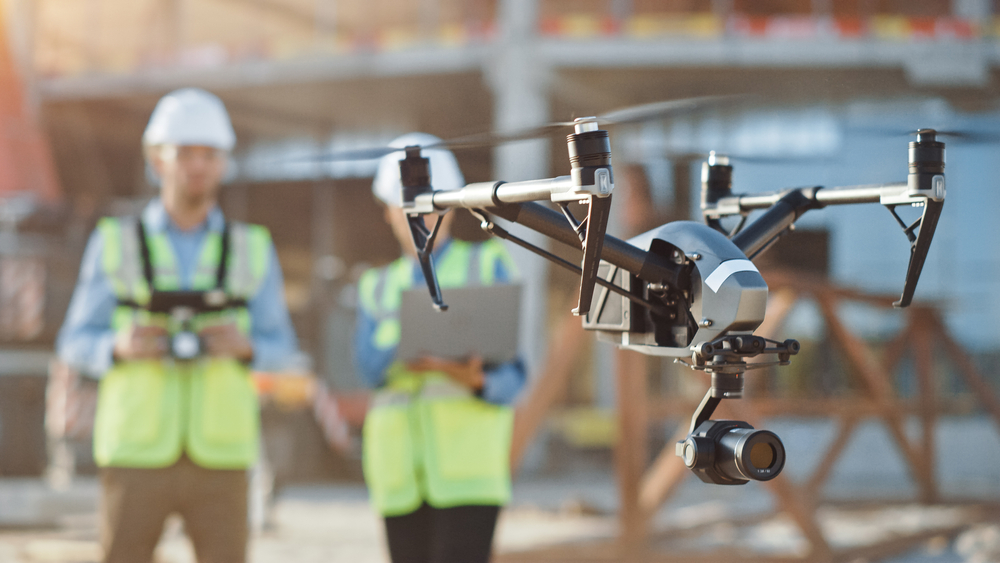“Deepfake” is a term that has recently gained popularity. The “uncanny valley” effect, which is induced by the empty appearance in an artificial person’s eyes, used to be one way to spot a deepfake. However, more compelling pictures are luring users out of the valley and into the deepfake realm of deceit. The astonishing authenticity has ramifications for evil applications of the technology, such as misinformation campaigns for political or other gains, the development of counterfeit porn for blackmail, and a variety of complicated manipulations for fresh types of abuse and fraud. The development of solutions to detect deepfakes has become an “arms race” between security experts and cybercriminals, and cyber warfare agents.






